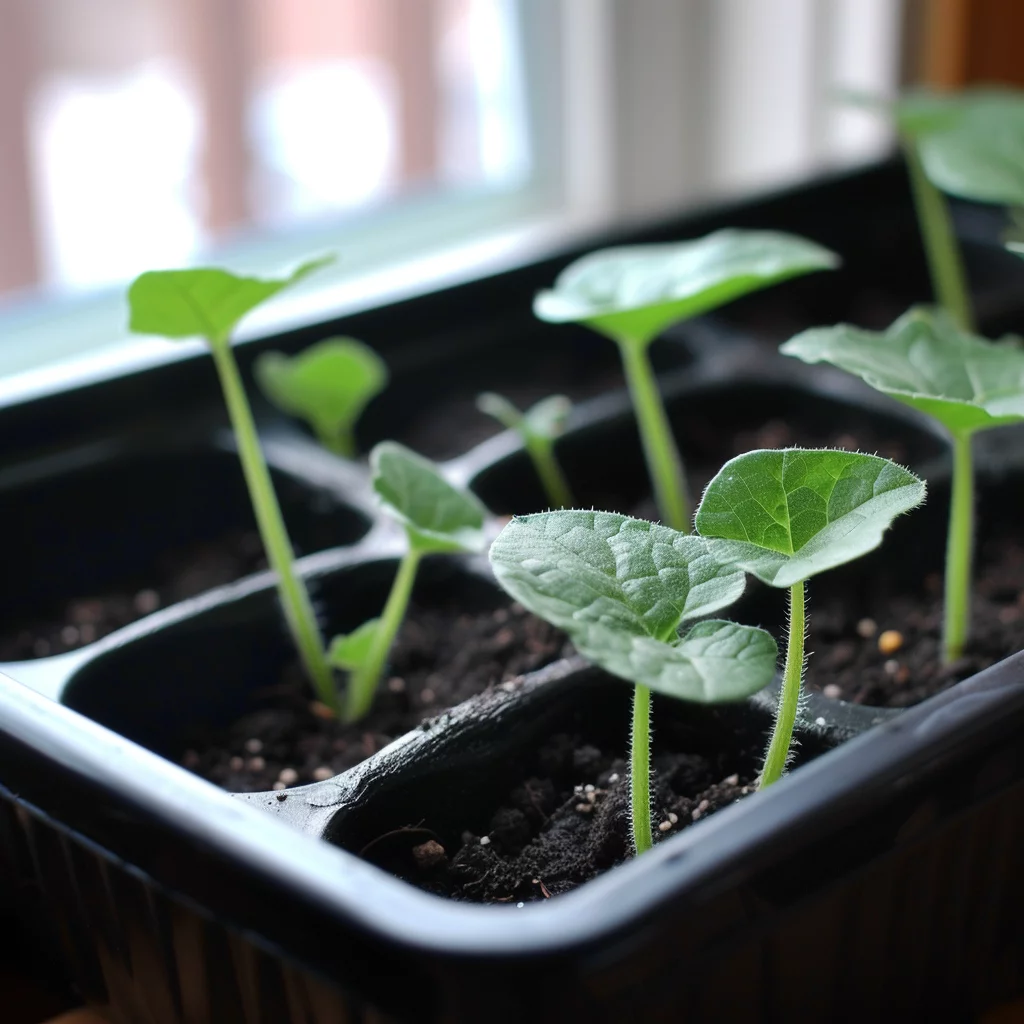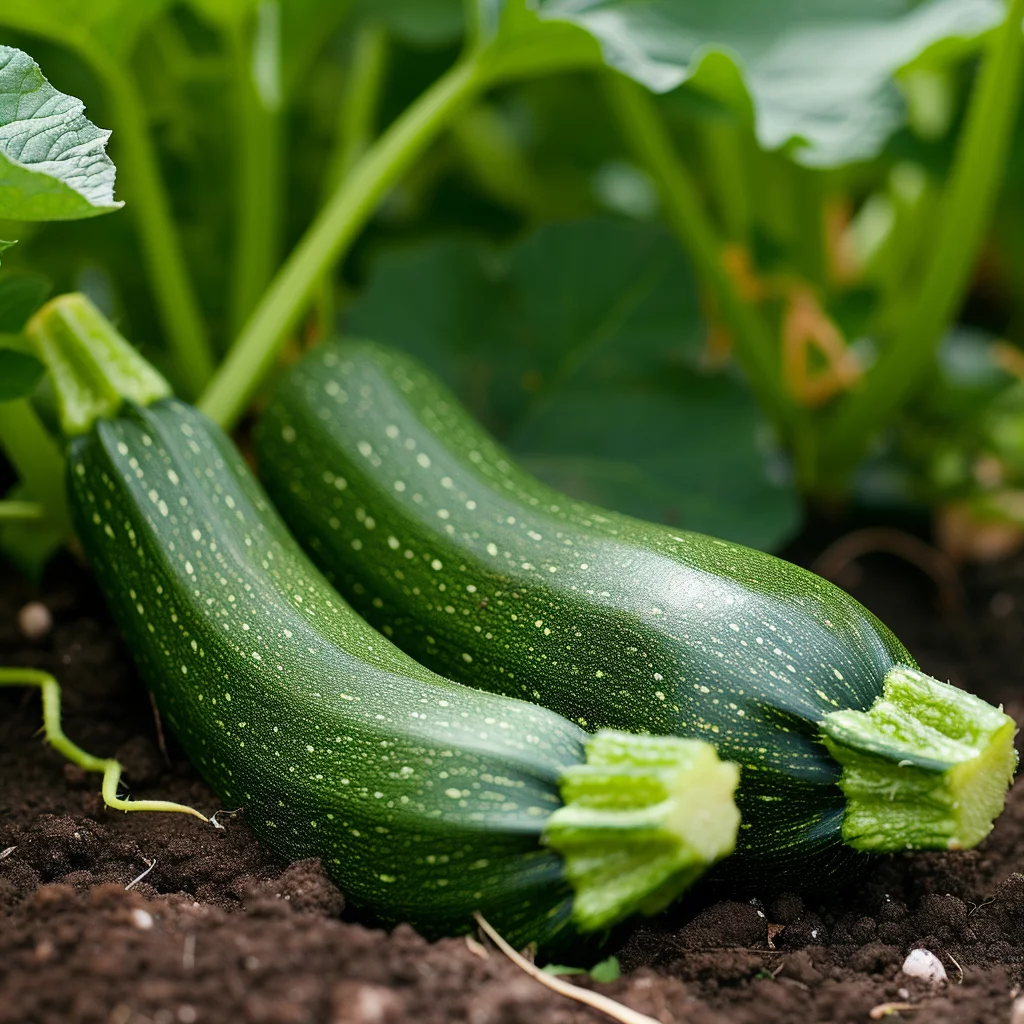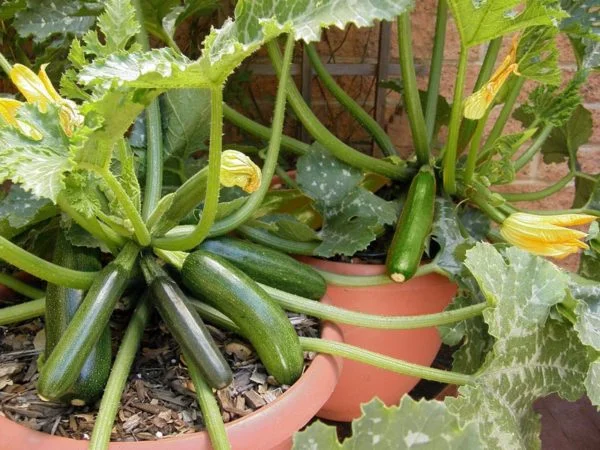Are you eager to start your own zucchini garden but not sure how to germinate zucchini seeds? Look no further! In this article, you will find all the tips and tricks you need to give your zucchini seeds the best possible start. From choosing the right seeds to providing the ideal growing conditions, we will guide you through the process and help you achieve a thriving zucchini harvest in no time. So let’s get started on your zucchini growing journey together!
Choosing and Preparing the Seeds
Selecting high-quality zucchini seeds
When it comes to germinating zucchini seeds, starting with high-quality seeds is crucial. Look for reputable seed companies or nurseries that offer a wide selection of zucchini seeds. Consider choosing organic or heirloom varieties for a more diverse and flavorful harvest. Take your time to read seed descriptions and reviews to ensure you’re selecting the best zucchini seeds for your needs.
Checking the seed viability
Before investing time and effort into germinating zucchini seeds, it’s important to check their viability. The viability of seeds refers to their ability to germinate and produce healthy plants. To perform a viability test, place a few seeds on a damp paper towel and seal them in a plastic bag. Keep the bag in a warm location, and after a few days, check if the seeds have sprouted. If most of the seeds have sprouted, they are likely viable and ready for germination.
Preparing the seeds for germination
To increase the chances of successful germination, it’s advisable to prepare the zucchini seeds before planting. Start by soaking the seeds in room-temperature water for about 24 hours. This will help to soften the seed coat and promote faster germination. After soaking, gently rinse the seeds and lay them out on a paper towel to dry. Make sure they are completely dry before proceeding to the germination process.
Creating the Ideal Germination Environment
Choosing the right location
To create an ideal germination environment for zucchini seeds, choose a location that offers consistent warmth and indirect sunlight. A warm, bright windowsill or a greenhouse with temperature control are great options. It’s important to avoid exposing the seeds to direct sunlight at this stage, as it can lead to overheating and drying out.
Preparing the germination container
A suitable germination container will ensure proper moisture retention and provide sufficient space for the developing seedlings. Use small pots, seed trays, or even recycled containers like egg cartons or yogurt cups. Make sure the containers have drainage holes at the bottom to prevent waterlogging.
Providing appropriate temperature and humidity
Zucchini seeds require optimal temperature and humidity for successful germination. The ideal temperature range for germinating zucchini seeds is between 70-85°F (21-29°C). Keep in mind that consistent warmth is key, so consider using heating mats or a warm spot in your home to maintain the desired temperature. Additionally, maintaining a humidity level of around 70% can help prevent the seeds from drying out too quickly.
Ensuring proper lighting conditions
While zucchini seeds don’t require direct sunlight during germination, they do need some form of light. Choose fluorescent or LED grow lights to provide adequate illumination for the developing seedlings. Position the lights about 2-4 inches above the seedlings to promote healthy growth. Aim for a lighting period of 14-16 hours per day to simulate natural daylight conditions.

Starting the Germination Process
Soaking the zucchini seeds
Before planting the zucchini seeds, consider soaking them in water for a few hours or overnight. This can further soften the seed coat and promote faster germination. Fill a container with room-temperature water, place the seeds inside, and allow them to soak for the recommended time. After soaking, remove the seeds and gently pat them dry with a paper towel.
Scarifying the seeds (optional)
Scarification is a process that involves creating small surface scratches on the seed coat to enhance water absorption and promote germination. While it is not necessary for zucchini seeds, you may choose to lightly scarify the seeds with a file or sandpaper before planting. Be careful not to damage the inner seed, as this can negatively impact germination.
Pre-germinating the seeds
For faster and more reliable germination, consider pre-germinating the zucchini seeds before planting. To pre-germinate, place the soaked and scarified seeds on a damp paper towel or in a container with moist vermiculite. Keep the seeds in a warm location, between 70-85°F (21-29°C), and monitor their progress daily. Once the seeds have sprouted with small roots, they are ready to be planted.
Planting the Germinated Seeds
Choosing the planting medium
Selecting the right planting medium is crucial for the successful growth of zucchini seedlings. Opt for a well-draining soil mix that retains moisture without becoming waterlogged. You can create a homemade mix by combining equal parts of compost, peat moss, and vermiculite. Alternatively, purchase a quality seed starting mix from a garden center.
Preparing the planting container
Before planting the germinated zucchini seeds, prepare the containers by filling them with the chosen planting medium. Ensure the containers have sufficient drainage holes to prevent water accumulation. Label each container with the appropriate variety and date to keep track of your seedlings.
Planting the germinated seeds
Make small holes in the planting medium, deep enough to accommodate the length of the germinated seeds. Gently place each seed in its designated hole, roots down and sprout facing up. Lightly cover the seeds with soil or vermiculite, ensuring they are not buried too deeply. Water the containers gently to moisten the soil without causing waterlogging.
Caring for Germinating Zucchini Seeds
Providing adequate water
Maintaining proper moisture levels is crucial for the successful germination of zucchini seeds. Water the containers regularly, keeping the planting medium evenly moist. Avoid overwatering, as excess moisture can lead to fungal diseases. Use a mister or a watering can with a fine nozzle to provide a gentle and consistent flow of water.
Maintaining proper temperature and humidity
Consistent warmth and humidity are important factors for the healthy growth of germinating zucchini seeds. Check the temperature regularly to ensure it stays within the recommended range of 70-85°F (21-29°C). Consider using a humidity dome or covering the containers with plastic wrap to maintain a high humidity level around the seeds.
Regularly monitoring and adjusting lighting
Proper lighting is essential for the development of strong and healthy seedlings. Monitor the distance between the grow lights and the seedlings, ensuring it remains at 2-4 inches. If the seedlings appear stretched or leggy, it may indicate insufficient lighting. Adjust the height or intensity of the lights accordingly to provide adequate illumination.
Applying gentle air circulation
Air circulation is important for preventing the growth of mold and promoting strong seedling development. Use a small fan set on a low speed to create gentle air movement near the seedlings. This can help strengthen their stems and prevent the buildup of excess humidity.
Protecting from pests and diseases
While seedlings are vulnerable to pests and diseases, there are preventive measures you can take. Inspect the seedlings regularly for signs of pests such as aphids or fungal diseases like damping-off. If pests are present, consider using organic pest control methods or consult a local garden center for suitable remedies.
Transferring Seedlings to the Garden
Preparing the garden bed
Before transplanting the zucchini seedlings, it’s important to prepare the garden bed. Choose a sunny location with well-draining soil. Remove any weeds or debris from the area and amend the soil with compost or well-rotted manure to improve fertility and drainage.
Hardening off the seedlings
To ensure the successful transition of seedlings from indoors to the outdoor garden, they need to be hardened off. Hardening off is the process of gradually exposing the seedlings to outdoor conditions, including sunlight, wind, and temperature fluctuations. Start by placing the seedlings outside in a sheltered location for a few hours each day, gradually increasing the time and exposure over a span of 7-10 days.
Choosing the right transplanting time
Wait until the threat of frost has passed and the soil temperature consistently reaches around 60°F (16°C) before transplanting the zucchini seedlings into the garden. This typically occurs a few weeks after the last frost date in your area. Check local gardening resources or consult with experienced gardeners in your region to determine the best timing.
Transplanting zucchini seedlings
When transplanting zucchini seedlings, dig a hole in the prepared garden bed that is deep enough to accommodate the root ball. Gently remove each seedling from its container, taking care not to damage the delicate roots. Place the seedling into the hole, backfill with soil, and firm the soil gently around the base of the plant. Water thoroughly after transplanting to settle the soil around the roots.
Troubleshooting Germination Issues
Dealing with slow germination
If your zucchini seeds are slow to germinate, there are a few possible reasons. Insufficient warmth or inconsistent temperature can delay germination, so ensure that the seeds are kept in a warm and constant environment. Additionally, using fresh seeds and following proper seed preparation techniques can significantly improve germination rates.
Addressing mold and fungal infections
Mold and fungal infections can be a common issue during germination, especially in high humidity conditions. To prevent or address these issues, provide good air circulation by using a small fan and avoid excessive moisture around the seedlings. Additionally, avoid overcrowding the containers to minimize the chances of fungal growth.
Solving problems with damping-off
Damping-off is a fungal disease that can affect young zucchini seedlings, causing them to rot and topple over. To prevent damping-off, ensure that the containers and planting medium are sterile and clean. Avoid overwatering and provide proper drainage to prevent moisture buildup. If damping-off occurs, remove any affected seedlings immediately and consider using a fungicide.
Managing leggy seedlings
Seedlings that appear tall and spindly, commonly known as leggy seedlings, are often a result of insufficient lighting. Make sure to provide adequate artificial lighting or natural sunlight to promote compact and sturdy growth. Adjust the distance between the lights and the seedlings to prevent excessive stretching.
Overcoming seedling transplant shock
Transplant shock can occur when young seedlings experience stress during the transition from their indoor environment to the outdoor garden. To minimize transplant shock, handle the seedlings with care during transplanting, ensuring the delicate roots are not damaged. Water the seedlings immediately after transplanting and provide shade or protection from intense sunlight for the first few days.

Tips for Successful Seed Germination
Using fresh zucchini seeds
Using fresh seeds can significantly increase the chances of successful germination. Check the seed packet or container for the date of harvest or expiration. If possible, choose seeds that have been harvested within the last two years for optimal germination rates.
Starting indoors before the last frost
Zucchini is a warm-season crop, and starting the seeds indoors a few weeks before the last frost date in your area can give the plants a head start. This allows them to develop strong roots and be ready for transplanting when the weather is favorable.
Providing consistent moisture
Consistent moisture is essential for successful germination. Check the moisture level in the planting medium regularly and water as needed to keep it evenly moist. Avoid letting the soil dry out completely or becoming waterlogged, as it can hinder germination and lead to seedling issues.
Avoiding overwatering
While zucchini seeds require moisture to germinate, overwatering can be detrimental to their growth. It can lead to rot or fungal diseases, as well as weaken the seedlings. Always allow the soil to dry out slightly between watering to prevent waterlogged conditions.
Utilizing bottom heat
Providing bottom heat to zucchini seeds can help promote faster and more uniform germination. Use heat mats specifically designed for seed starting, placing the containers on top to provide gentle warmth to the seeds. This method can help to maintain an optimal germination temperature, especially in cooler climates.
Using seedling heat mats
If you have access to seedling heat mats, consider using them to maintain a consistent temperature during germination. Place the containers on top of the heat mats, set to the recommended temperature for zucchini seeds. This will create an ideal environment for successful germination and seedling development.
Labeling and organizing seeds
To stay organized and avoid confusion, label each container or tray with the appropriate seed variety and planting date. This will help you track their progress and ensure proper care throughout the germination and growing process. Consider using waterproof labels or markers to prevent smudging or fading.
Common Mistakes to Avoid
Planting seeds too deeply
Planting zucchini seeds too deep in the planting medium can prevent them from sprouting. Follow the recommended planting depth indicated on the seed packet, usually around 1 inch deep. If planted too deeply, the seedlings may struggle to emerge from the soil.
Exposing seeds to extreme temperatures
Extreme temperatures, both hot and cold, can negatively impact seed germination. Avoid exposing the zucchini seeds to temperature extremes, as it can inhibit germination or even cause damage. Keep the seeds in a consistently warm environment, away from drafts or direct heat sources.
Neglecting adequate air circulation
Air circulation is vital for preventing the growth of mold, fungal infections, and promoting strong seedling development. Avoid overcrowding the containers and provide gentle air movement using a small fan or by slightly opening windows. This will help maintain a healthy environment for the seeds.
Watering too much or too little
Proper watering is essential for successful seed germination, and finding the right balance is crucial. Overwatering can lead to fungal diseases and rotted seeds, while underwatering can result in dry, failed germination. Monitor the moisture levels in the planting medium regularly and adjust your watering accordingly.
Failing to maintain proper lighting
Insufficient lighting can lead to weak and stretched seedlings, as well as slower growth. Provide adequate artificial lighting or natural sunlight to ensure healthy seedling development. Regularly check and adjust the distance between the lights and the seedlings to maintain the optimal lighting conditions.
By following these comprehensive steps and tips, you can successfully germinate zucchini seeds and enjoy a bountiful harvest of this delicious and versatile vegetable. Happy gardening!

